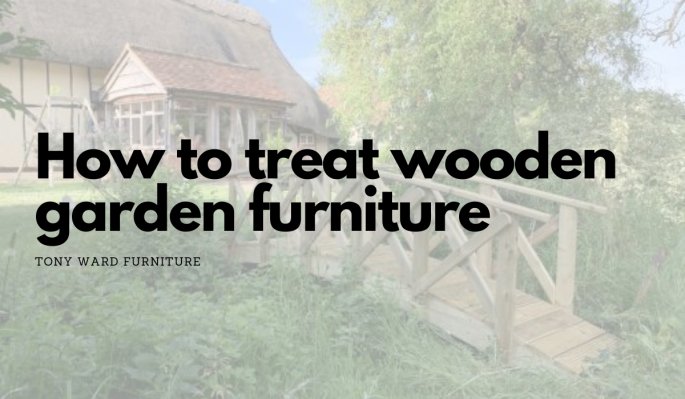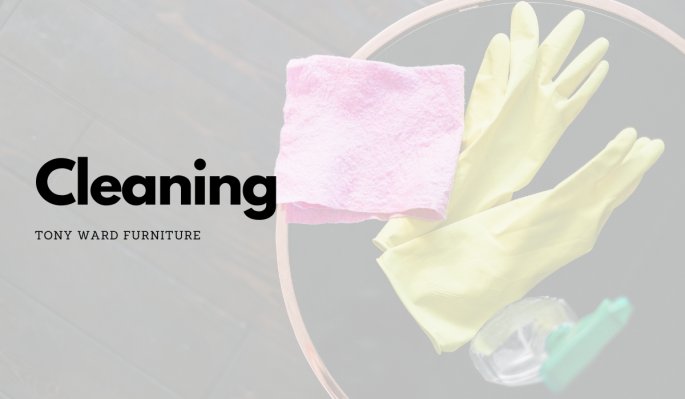| Tags | design and inspiration fun and interesting cleaning and maintenance garden bridge guide great outdoors guide children seating show all posts |
How to treat wooden garden furniture
Wooden garden furniture is naturally stunning, versatile and oozing with charm. With a little love and care, you can keep the beauty of the furniture maintained over the years to come.

The trick to long lasting, lovely furniture of course is starting off with handmade quality pieces in the first place. All of our furniture is lovingly handmade in our workshop in Lincolnshire and made from strong Scandinavian Redwood.

Storage & Covering
When it comes to taking care of your wooden garden furniture, it's worth also thinking about how you're going to store it when the weather isn't so good. If you're not going to be using your furniture in the colder months, you might want to put it inside a garage or shed, or invest in some outdoor furniture covers.

Cleaning
We recommend frequently cleaning your wooden garden furniture; first, take a soft brush or cloth to remove dirt and debris. Then following this, it's best to clean your wooden furniture using warm soapy water, as harsh chemicals can be bad for the wood.

Painting, Oiling & Staining
There are a range of advantages for each of the options.
For example, painting gives you the most colour options, and is often considered to be the best option in terms of limiting Ultraviolet (UV) Radiation damage. The thicker, more opaque consistency means that the UV rays find it harder to penetrate and attack the wood.
Whereas if you like the qualities of natural wood but just want to enhance it and give it a unique finish, then staining could be the best option. Wood stains are designed to penetrate the wood which in turn should prevent moisture from soaking into it; this is important as moisture causes problems such as wood rot.
Wood Oil is extremely effective at penetrating the wood which is what allows it to nourish the wood from within. When the oil penetrates the wood, it protects it from splitting, warping, cracking and moisture which increases the lifespan of the wood. Some experts consider wood oil to be the most long-lasting treatment, and therefore, the most cost effective choice when it comes to wood finishes.
For more information on the advantages and disadvantages of each of the options, take a look here.

In terms of frequency, we recommend the following:
Cleaning: To keep your garden furniture looking fresh, it would be good to sweep and wipe down your furniture once or twice a month.
Painting: Depending on what you are painting, paint should be topped up every 1-5 years. For example garden fences do not need repainting as often as furniture or garden bridges. Wood which is sat on, walked over or climbed on (by the little ones) will need repainting more often.
Oiling: Oil can be applied once a year, and can be done with a brush, cloth or roller.
Staining: Depending on the brand, wood stain can last up to 10 years. So it's worth doing some research on which brand you choose.
These are rough time frames and we recommend using your instinct, and responding to what the furniture looks and feels like. External factors such as weather, and frequency of use will impact how often the wood needs treating.
